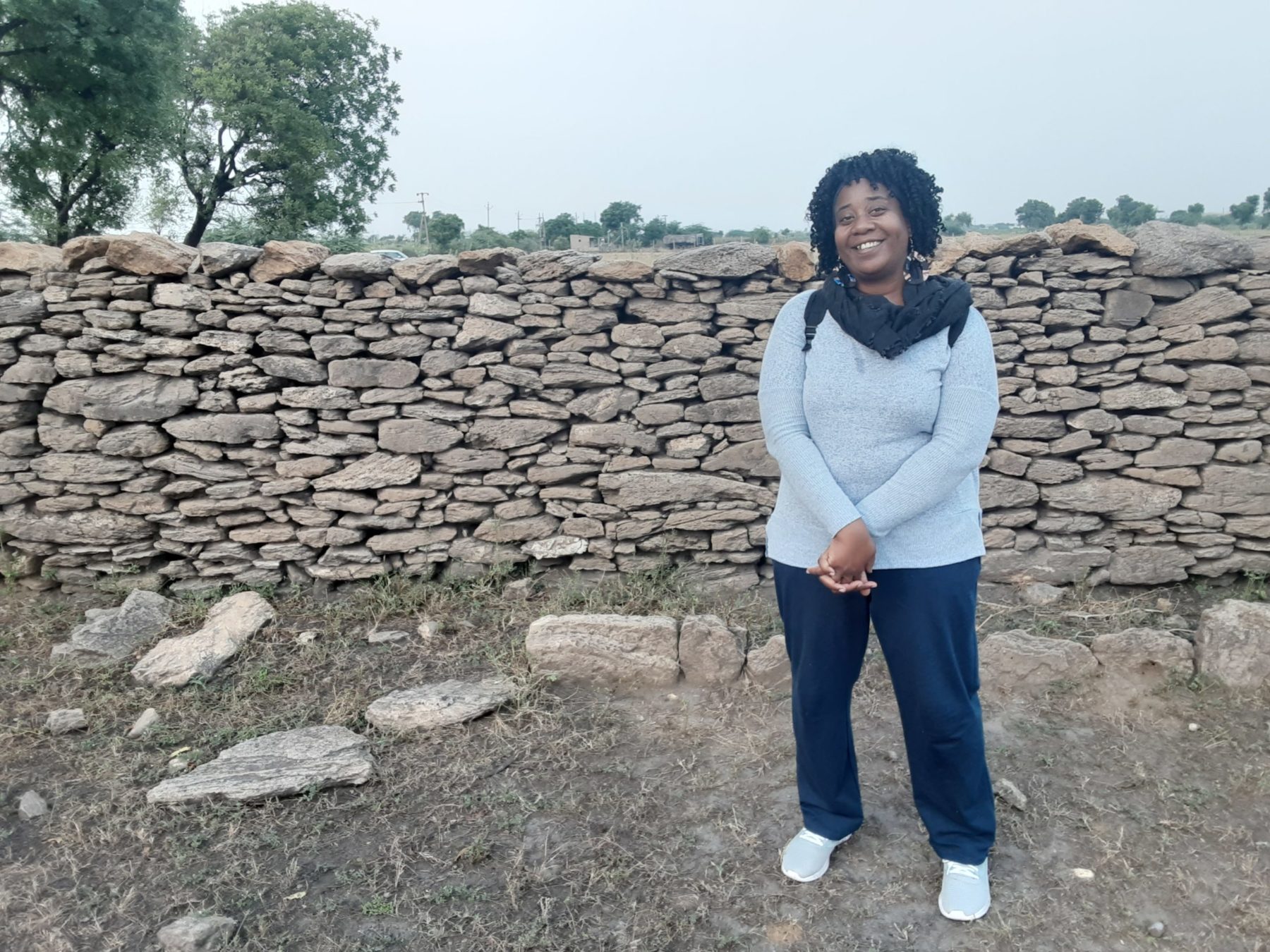
As a child, Saturdays meant two things for Rhonda: trash and pizza. Her mother ardently believed in being ‘a good member of her community’ and was committed to teaching her children the same. “She’d wake us up Saturday mornings and say, ‘Come on! Let’s go pick up the trash! We’d say, ‘Booo!’ And then she’d say, ‘Well, I’m going to take you out for pizza after.’ And we’d say, ‘Yay!’” recalls Rhonda with a laugh.
Now in her 40s, Rhonda still lives in the same Washington, DC neighborhood she did as a child. Located where the Potomac and Anacostia rivers meet, the low income and predominantly Black neighborhood of Buzzard Point has long been known as the district’s industrial area. Rhonda can remember concrete factories and a plant for recycling construction waste operating amidst their schools, churches, and family homes. But she had no idea then of their consequences.
”When we were growing up…none of us had any idea that it was harming us. We just thought it was this cool industrial site [we could hang out in].”
When neighbor after neighbor fell ill with cancer or developed asthma or other respiratory issues, Rhonda simply chalked it up to the realities of life.
Rhonda first began connecting the dots between pollution and health in 2014, when the public utility that provides DC residents with electricity announced that it planned to build a large substation in Buzzard Point. While talking with a neighbor about attending a community hearing on the issue, the neighbor announced her plan to wear a hole-ridden sweater as a statement “because this is probably what the environment is doing to us — why people are getting sick.” It was then that something in Rhonda’s mind clicked.
Rhonda began researching substations and their health implications, and soon expanded her scope to other sources of industrial pollution. The more she learned, the more hurt and appalled she became.
“I began to realize that there are entities that decide to place projects in communities like ours, where there are mostly low-income residents, and they don’t even inform people that these projects have health consequences; that there are risks associated with these projects.”
Rhonda’s concern escalated as a redevelopment project that was to bring a professional soccer stadium to Buzzard Point got underway. It was being constructed on what she learned was a “brownfield” — land that had been contaminated by hazardous chemicals from previous industrial use. The heavy machinery was “throwing contaminated dust everywhere”, so Rhonda did what her mother had raised her to do: she took action.
She organized the community to write letters and attend council meetings, but officials did not seem to care about their concerns. Nonetheless, they were able to eke out a few moderate changes to the environmental practices.
It was around this time that Rhonda heard that Namati was launching an environmental justice program in the US and was looking for grassroots advocates who were willing to learn about and incorporate a legal empowerment approach. She applied and was accepted.
With Namati’s guidance, the environmental justice organizers identified the legal and technical issues around environmental justice threats in their communities, and started developing strategies to address them. Rhonda focused her efforts on a development project that had been a source of concern for months.
The 100-year old Frederick Douglass Memorial Bridge that crosses from Buzzard Point to the other side of the Anacostia River is in the process of being replaced. Once the new bridge is complete, the existing lead and asbestos-ridden bridge will be demolished. Recognizing that a construction project like this raises serious environmental concerns, Rhonda had been organizing community members to attend public meetings. But much like the soccer stadium project, they felt like they were being talked at rather than listened to.
Rhonda, with her recent training, decided to try and use laws and policies to make the authorities listen.
Among the most immediate concerns with the project was a large, open pile of dust and debris on which small children often played. Rhonda’s research revealed that DC regulations required that the contractors develop a dust plan. She secured the plan, under the DC Right to Information Act, and found that the construction company was failing to comply with a number of its provisions — including a dust-control fence.
Empowered with this information, she contacted DC’s Department of Energy and Environment (DOEE) and convinced them to accompany her and other Buzzard Point residents on a site visit. The group pointed out the impacts on the community, referenced city and state regulatory requirements, and demanded action. Not long after, the DOEE mandated a dust-control fence, which would reduce the pollution and keep the children off the site, and agreed to conduct a broader pollution inspection.
While there is much more work still ahead, the win was an important one. “It made me feel safer,” Rhonda says. “I would like the children in our community to live to be grandparents, bouncing their grandchildren on their knees, but I know that if they don’t live in better environments, that can’t happen.” Legal empowerment, she says, is showing her a way to turn this vision into a reality.